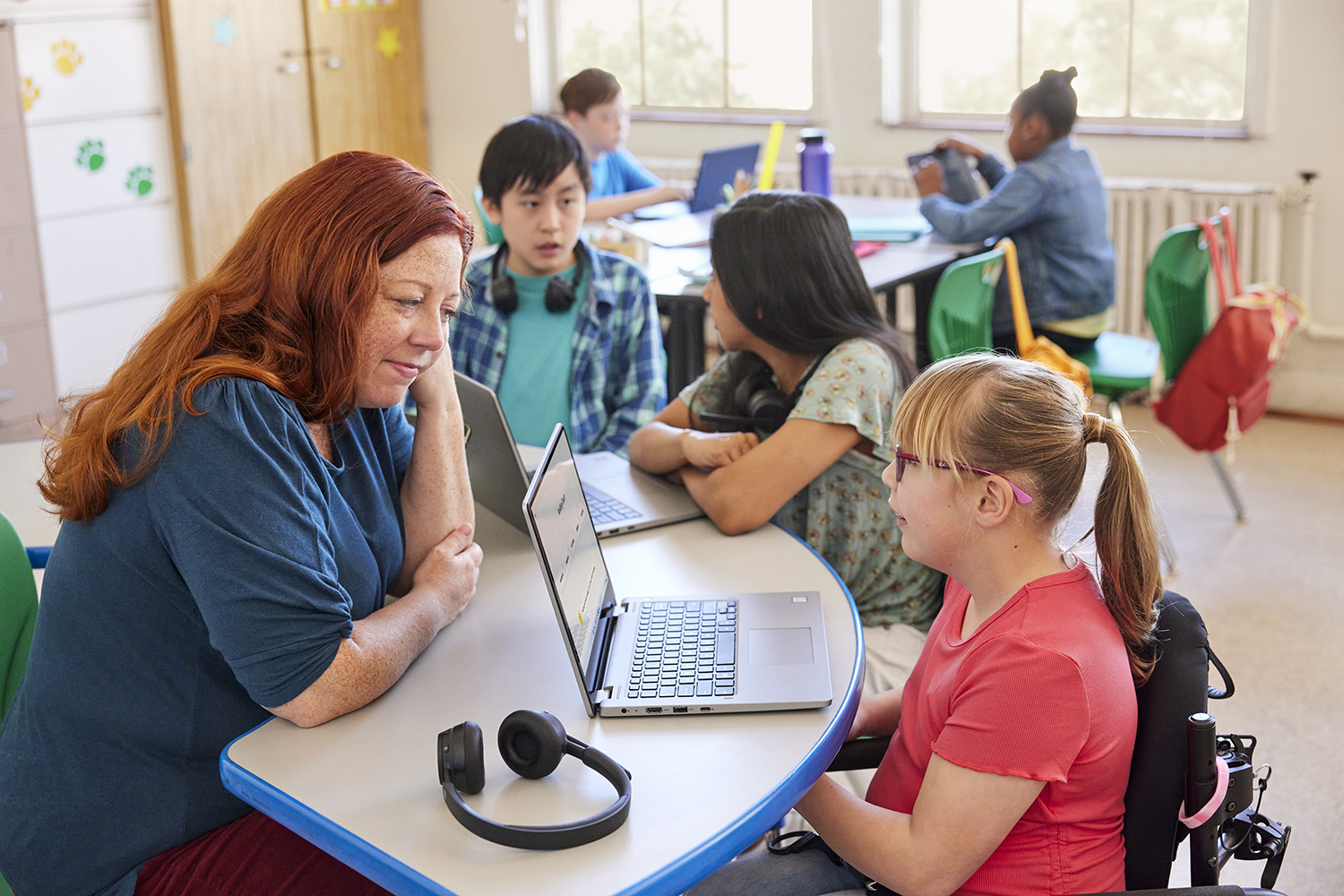From time to time, we feature guest blogs from educators who are making a difference in the lives of young people around the world. These Changemakers, as we call them, offer insights into the effective use of classroom resources, how to prepare today’s youth for the jobs of tomorrow, and ways that technology can personalize instruction and empower students to lead in their learning. Today’s Changemaker blog was written by Amanda Puerto Thorne, Director of Teaching and Learning at KID Museum, an innovative learning space that gives students in the Washington D.C. region a chance to engage in 21st-century, project-based learning.
At KID Museum, an experiential museum and community maker space just outside Washington, D.C. in Bethesda, Maryland, we serve tens of thousands of kids each year through summer camps, after-school classes, public workshops, and school programs focused on project-based, STEM learning. As the Director of Teaching and Learning, it’s my job to design and refine programs to ensure they fulfill our mission of empowering kids to become the creative problem-solvers of tomorrow. I do this by making sure we’re delivering a consistent, quality experience through program design and facilitation, using hands-on technologies to help students reach their creative goals.

KID Museum’s signature program, Invention Studio, engages middle-school students in a series of skill-building workshops that focus on technology, engineering, and fabrication. Students then use their skills to develop a prototype of an invention to help solve an environmental problem. During the first four years of this program, we used the Arduino electronics platform for the coding and robotics components of the program. But we found that it was a struggle to get kids past a level of basic understanding to a place where they felt comfortable adapting and using the tools in their own projects. As a result, very few of their final projects incorporated this technology.

So, this year, we were pleased to switch our Invention Studio Program to MakeCode for micro:bit. For the same price as an Arduino board, the Micro:bit gives kids access to the kind of high-impact, scaffolded learning experiences that had previously been prohibitively expensive. With Micro:bit and MakeCode we don’t need to teach the students breadboarding or worry about syntax errors in their code. It therefore takes us far less time to cover content like sensors and servo motors. So far, we’ve found this approach to be much more engaging for the students – they feel confident with the technology and are able to use it in their own unique creations.
An example of a mini-challenge we did with students learning MakeCode for micro:bit recently involved imagining they were children in Kenya who had to come up with an invention to keep lions out of their village at night. Students were challenged to use the Micro:bit to design a solution, such as using a servo motor to control a fence or using a temperature sensor to activate lights at night.
We’ve also found that the teachers who come to KID Museum with their students are more comfortable using the Micro:bit, are more engaged in the field trips, and feel better equipped to help students with their projects back at school!
For our elementary-school version of Invention Studio, which focuses on robotics, we’re using MakeCode with Hummingbird Bits. We love that MakeCode is accessible through the browser and easy to use, and we love the way it interfaces with the Hummingbird Robotics platform, thus making robotics projects more accessible for younger students. It’s a big upgrade from the previous Hummingbird technology because the robots no longer must be tethered to the computer.
The Invention Studio program culminates in a showcase for family, teachers, and the community. It’s an amazing experience as an educator to see these kids excitedly demo their robots — robots that they were able to build to reflect their individual creativity and imagination. It’s exciting as an educator to be able to provide our young people with these types of accessible, hands-on computing tools and creative learning experiences that not only prepare them with technology skills but also empower them to become the creative problem-solvers of tomorrow.










